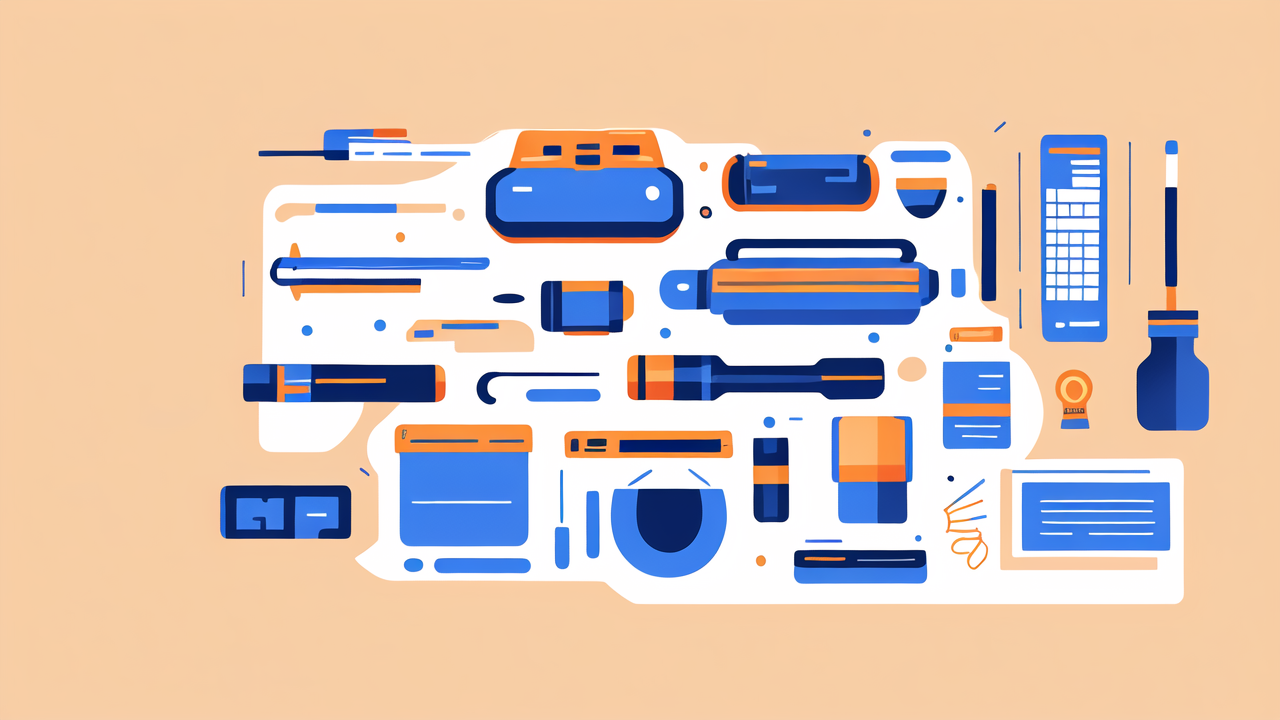Understanding Survival Gears: Their Importance and Evolution
The Essential Role of Survival Gears in Outdoor Safety
Survival gears are crucial for outdoor safety. They help explorers handle rough terrain, bad weather, and emergencies. Gears include items like compasses, first aid kits, and water filters. They make sure hikers and campers are ready for problems. Being prepared can mean the difference between life and death in the wild. It's not just about having tools. It's also about knowing how to use them. This knowledge gives confidence to face the unknown.

The Evolution of Survival Tools Over the Years
Survival tools have changed a lot. From simple stones to high-tech gear, the change is big. Early humans used basic items to survive. Rocks, sticks, and bones were their tools of choice. Today, we have tools made with advanced tech. These tools are stronger, lighter, and more useful. They can do more and last longer. Metals and synthetics have replaced stone and bone. Modern explorers need tools that can work in harsh places. That's why tools now are tough and can handle extreme weather. GPS devices, solar chargers, and water purifiers are common. They show how far we've come. Our ancestors would be amazed by these changes. This evolution has helped us to tackle new challenges outdoors.
The Latest Innovations in Survival Gears and Tools
Cutting-Edge Survival Tools for the Modern Explorer
The outdoor world is getting a tech boost with the latest tools for survival. These include gadgets that are smart, light, and strong. Many can link to your phone using apps. Some can also use solar power to work. You will find tools that can do many things in one. For example, there are knives that can also start a fire. There are bottles that clean water using UV light. These gear help keep you safe while you enjoy nature. They are made to be easy to carry. This means you can take more tools without a heavy bag. Also, they are made to last and can survive rough weather and hard use.
Innovation in Materials and Design: A Look at New Survival Gear
Survival gear is becoming more advanced. New materials make gear lighter and stronger. Design changes improve function and ease of use. For example, there are now waterproof backpacks that are also ultra-light. Jackets made with smart fabrics can adjust to temperatures. Multi-tools now have more features in a smaller package. Makers use aerospace alloys for added durability. These developments help outdoorspeople stay safe in harsh conditions.
Practical Tips for Choosing and Using Survival Gears
Factors to Consider When Selecting Survival Gears
When you're in the market for survival gear, it's crucial to choose wisely. Here's a list of key factors to keep in mind:
- Purpose: Think about the main use of the gear. Is it for warmth, shelter, or emergencies?
- Quality: High-quality items may cost more, but they're more reliable and last longer.
- Weight: If you need to carry your gear, opt for lightweight options.
- Versatility: Gear that can serve multiple functions is a smart choice.
- Ease of Use: Select tools that you can operate easily, even under stress.
- Durability: Look for gear made from sturdy materials, suitable for various weather conditions.
- Portability: Consider how easy it is to pack and carry the gear.
- Maintenance: Choose gear that is easy to clean and maintain for long-term use.
- Brand Reputation: Research brands with positive reviews for consistent quality.
Keeping these factors in mind will help ensure you select the right gear for a safe outdoor experience.
Best Practices for Maintaining and Using Outdoor Survival Tools
When using survival tools, good upkeep is key. Here are some tips:
- Clean your tools after each use to prevent rust and damage.
- Sharpen blades regularly to ensure they are ready when needed.
- Check for wear and tear before each trip and replace any faulty gear.
- Learn the proper use of each tool; misuse can lead to injuries or tool breakage.
- Store gear in a dry place to avoid moisture that can weaken materials.
- Practice with your gear; knowing how to use it in an emergency is vital.
By following these simple steps, you can ensure your tools are in top condition and ready to help you when you need them most.

